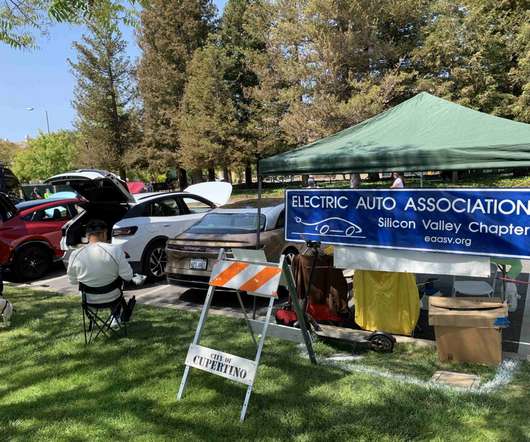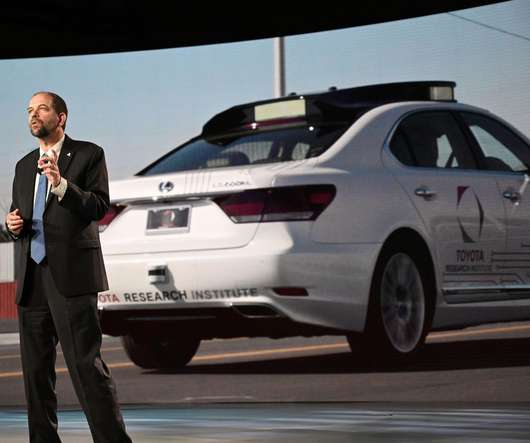Argonne releases new cradle-to-grave lifecycle analysis of US LDV vehicle-fuel pathways
Green Car Congress
AUGUST 6, 2022
Reflecting increased research interest in synthetic liquid fuels produced using renewable low-carbon electricity and CO 2 sources, e-fuels were added to the potential future fuel technologies that are evaluated. the cost is less than that of the gasoline ICEV. High production volume is assumed unless explicitly specified.






































Let's personalize your content